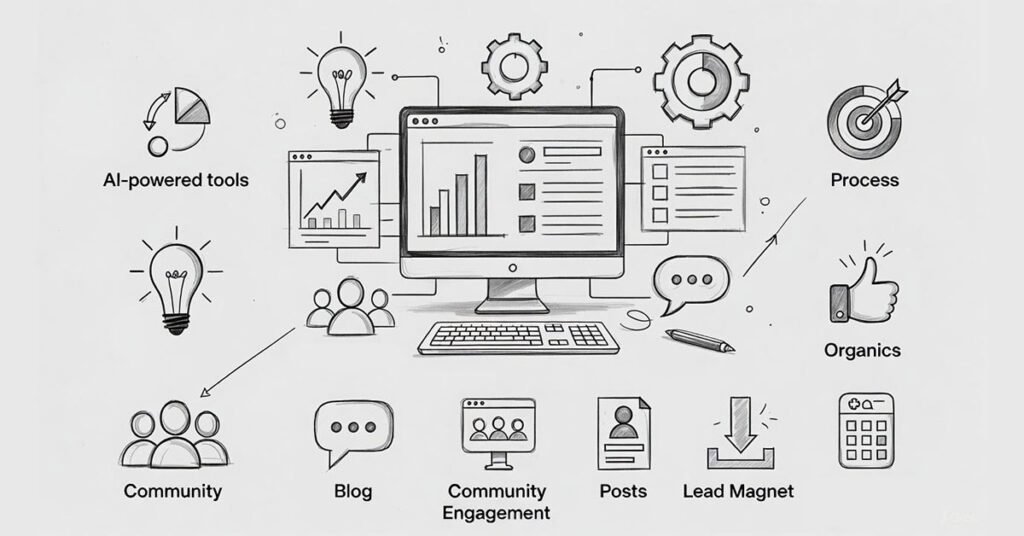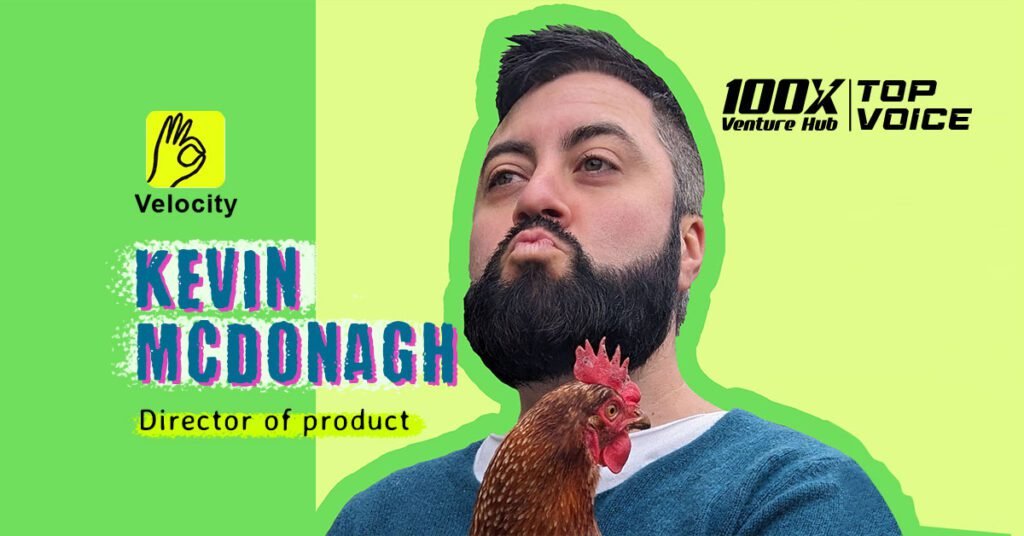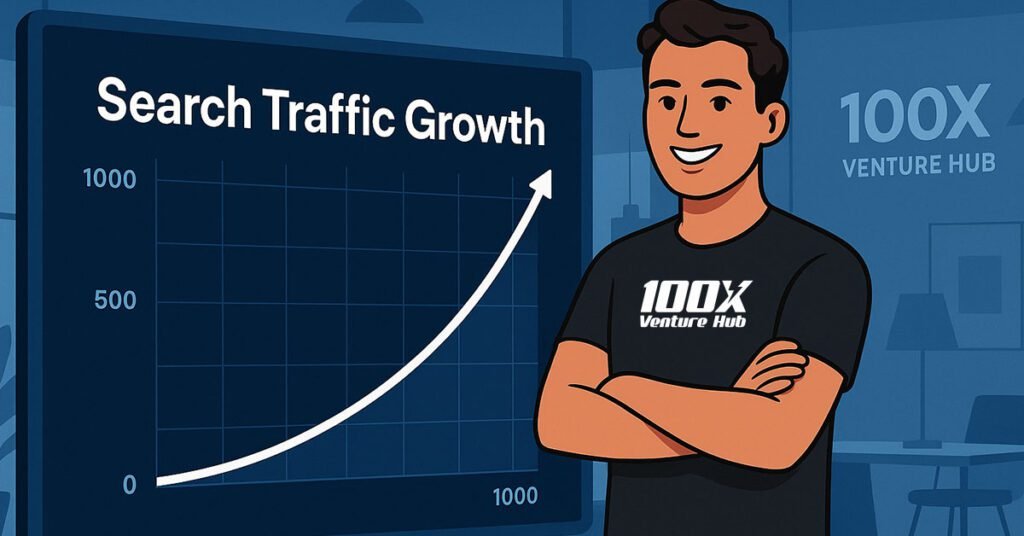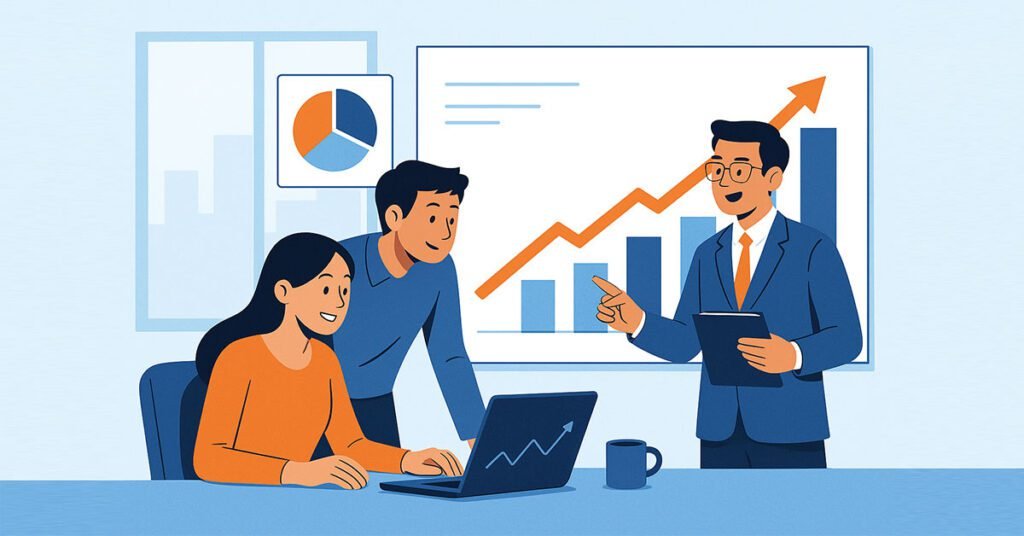In the span of just a few years, ChatGPT has gone from a technical curiosity to a global phenomenon — powering millions of conversations, disrupting industries, and igniting the public’s imagination about artificial intelligence. But what’s the real story behind this AI marvel? How did it begin? Who built it? What challenges did it face? Let’s dive into the full journey of ChatGPT — from idea to global innovation.
📍 Origin of the Idea: How It All Started
The story begins with OpenAI, an AI research and deployment company founded in December 2015 by a group of tech visionaries including:
- Elon Musk
- Sam Altman
- Greg Brockman
- Ilya Sutskever
- John Schulman
- Wojciech Zaremba
Their mission?
“To ensure that artificial general intelligence (AGI) benefits all of humanity.”
Originally a non-profit, OpenAI was set up to counterbalance the growing power of tech giants like Google and Facebook in AI. The founders believed that powerful AI should be developed transparently, ethically, and for the good of all — not locked behind closed doors for corporate gain.
🧠 The Science Behind GPT: Language Models Evolve
ChatGPT is based on Generative Pre-trained Transformer (GPT) architecture.
- GPT-1 (2018): The first large transformer-based language model trained on books and web text. It proved large language models could perform various NLP tasks with minimal fine-tuning.
- GPT-2 (2019): The 1.5 billion parameter model that stunned the world — it could write coherent essays, poetry, and code. OpenAI initially refused to release GPT-2 due to concerns it could be misused for misinformation or spam. This created both fear and hype.
- GPT-3 (2020): A game-changer with 175 billion parameters, capable of human-like text generation across domains — from business emails to fiction writing, even basic legal analysis. This paved the way for consumer-facing tools.
💬 The Launch of ChatGPT: From Labs to Living Rooms
ChatGPT was launched in November 2022 as a fine-tuned version of GPT-3.5, optimized for conversation using Reinforcement Learning from Human Feedback (RLHF).
Within 5 days, ChatGPT hit 1 million users — a growth rate that surpassed even Instagram and TikTok.
Why did it explode?
- Free access to cutting-edge AI
- Simple chat interface
- Viral use-cases on social media
- Content creation, coding, writing, customer service — it did everything
Soon after, OpenAI released GPT-4 in March 2023, with multimodal capabilities (text + image input), better reasoning, and drastically improved factual accuracy.
💰 Funding and Business Strategy
Despite its non-profit roots, OpenAI restructured in 2019 into a “capped-profit” hybrid model, allowing it to raise billions without compromising its mission.
Major Funding Milestones:
- 2019: $1 billion investment from Microsoft
- 2023: Microsoft invested $10 billion, integrating OpenAI into Bing and Azure
Other investors and partners include Khosla Ventures, Reid Hoffman, and Andreessen Horowitz.
🚧 Panic, Criticism, and Challenges
ChatGPT’s rapid rise sparked both excitement and concern:
Ethical Concerns:
- Misinformation generation
- Hallucinated facts
- Bias in output
- Job displacement fears
Bans and Backlash:
- Temporarily banned in Italy over GDPR issues
- School and university restrictions due to fear of plagiarism
Internal Turmoil:
- In late 2023, OpenAI’s board suddenly fired CEO Sam Altman, citing governance concerns.
- Massive backlash followed — employees threatened to quit, Microsoft extended Altman a job.
- Within days, Altman was reinstated, and OpenAI’s board was reshuffled.
This incident highlighted the existential stakes of AGI development and the power struggles behind the scenes.
🚀 Where Is ChatGPT Now? (As of 2025)
Today, ChatGPT is more than just a chatbot:
Current Innovations:
- GPT-4o (Omni model): Understands text, voice, and images
- ChatGPT Desktop and Mobile Apps with voice conversation
- Used by millions of users and thousands of businesses daily
- Powering customer support, education, content marketing, programming assistance, and therapy bots
ChatGPT for Business:
- ChatGPT Team and Enterprise plans for secure corporate usage
- Integration with Microsoft 365 (Copilot)
- APIs powering countless third-party apps
🔮 What’s Next for ChatGPT?
OpenAI’s roadmap includes:
- Full multimodal interaction (voice, image, video, AR)
- Personalized AI agents
- Creative co-pilots in design, research, and business
- Responsible AI deployment with better alignment and safety protocols
OpenAI has also launched tools for creators, coders, and educators, giving rise to a new generation of AI-powered entrepreneurship.
🧩 Final Thoughts: Why the ChatGPT Story Matters
The story of ChatGPT is not just about a chatbot — it’s about the dawn of a new technological era. It shows how a small team of visionaries, backed by bold funding and deep ethical thinking, can reshape how humans interact with machines.
From curiosity to necessity, from hype to utility — ChatGPT is the defining innovation of our time.
📌 Quick Summary
| Aspect | Details |
|---|---|
| Founded By | Elon Musk, Sam Altman, Greg Brockman & others |
| Parent Org | OpenAI |
| First Released | November 2022 (ChatGPT) |
| Core Model | GPT-3.5 → GPT-4 → GPT-4o |
| Funding | $1B (2019), $10B (2023) Microsoft |
| Challenges | Ethical concerns, hallucinations, governance crisis |
| Use Cases | Writing, coding, customer support, education, marketing |
| Today | 100M+ users, API adoption, business tools, GPT store |
| Future | Personalized AI, voice+vision AI, safe AGI |
Disclaimer
This content is AI-altered, based on generic insights and publicly available resources. It is not copied. Please verify independently before taking action. If you believe any content needs review, kindly raise a request — we’ll address it promptly to avoid any concerns.










